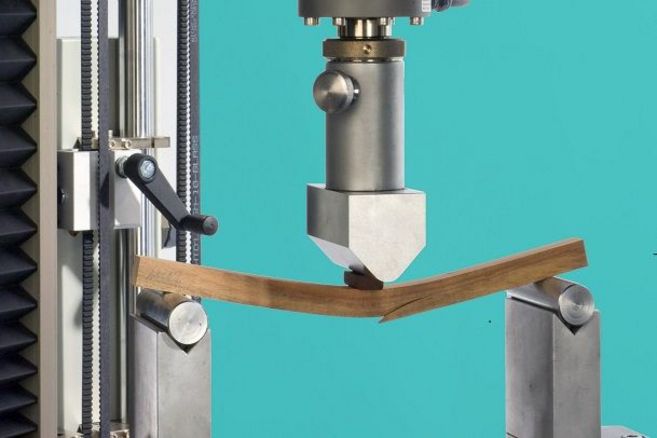Project
Life cycle assessment of prefabricated wooden houses: What are the environmental impacts from the forest to the construction site?

Life Cycle Data of Pre-fabricated Wooden Buildings
Wood as a natural building material enjoys great popularity in the construction of single-family homes. However, also the construction of prefabricated timber houses consumes natural resources and has an ecological footprint. How can the environmental impact be quantified?
Background and Objective
Against the background of climate change, energy efficiency and resource conservation, the material and energy intensive residential and building sector is of great importance. So far, potential savings were mainly attributed to the energy consumption of finished houses. About twenty percent of the environmental impact of a building, however, results from the manufacturing of its building components and its production. In order to obtain environmental data for wooden prefabricated houses, an LCA has been carried out, which includes all production steps from logging over the manufacturing at the factory to the buildings erection on the building site.
Approach
The study is based on data collection on the material, energy and waste flows at 13 partner companies of the Federal Association of German Prefabricated Construction (Bundesverband Deutscher Fertigbau, BdF). The particular challenge was to allocate all manufacturer specific energy and material flows to a representative average house with specific wall, roof and ceiling dimensions. Supplementary information on upstream chains is provided by current construction databases, environmental product declarations (EPD) and the results of the Thünen project "ÖkoHolzBauDat" (LCA of semi-finished wood products). The LCA is calculated by creating dynamic process models - so-called parameterized models - using established LCA software. As a result, this enables the transfer of individual characteristics of buildings to the models and allows for a continuous update of average data.
Data and Methods
The relevant aw data was collected from the prefab-housing manufacturers by means of factory inspections and questionnaires and checked for plausibility. Our life cycle software models, which were used to calculate the environmental impact, enable assessments in line with the requirements of DIN ISO 14040/14044 and DIN EN 15804.
Our Research Questions
What is the environmental impact of a prefabricated wooden house from the extraction of raw materials to its erection on the construction site? How can company-specific data for the manufacturing of prefabricated wooden houses be systematically used for the calculation of life cycle assessments of specific houses?
Results
The data sets obtained in the study are highly representative and cover 37 % of the total German production of prefabricated houses in timber construction. The project results meet the requirements of a transparent life cycle assessment and have been externally and critically reviewed in accordance with DIN EN 14044. With the developed LCA software model, company-specific and house-specific life cycle assessments can also be conducted in the future.
Thünen-Contact




![[Translate to English:] Logo des Bundesministerium für Ernährung und Landwirtschaft](/media/allgemein/logos/BMEL_Logo.svg)